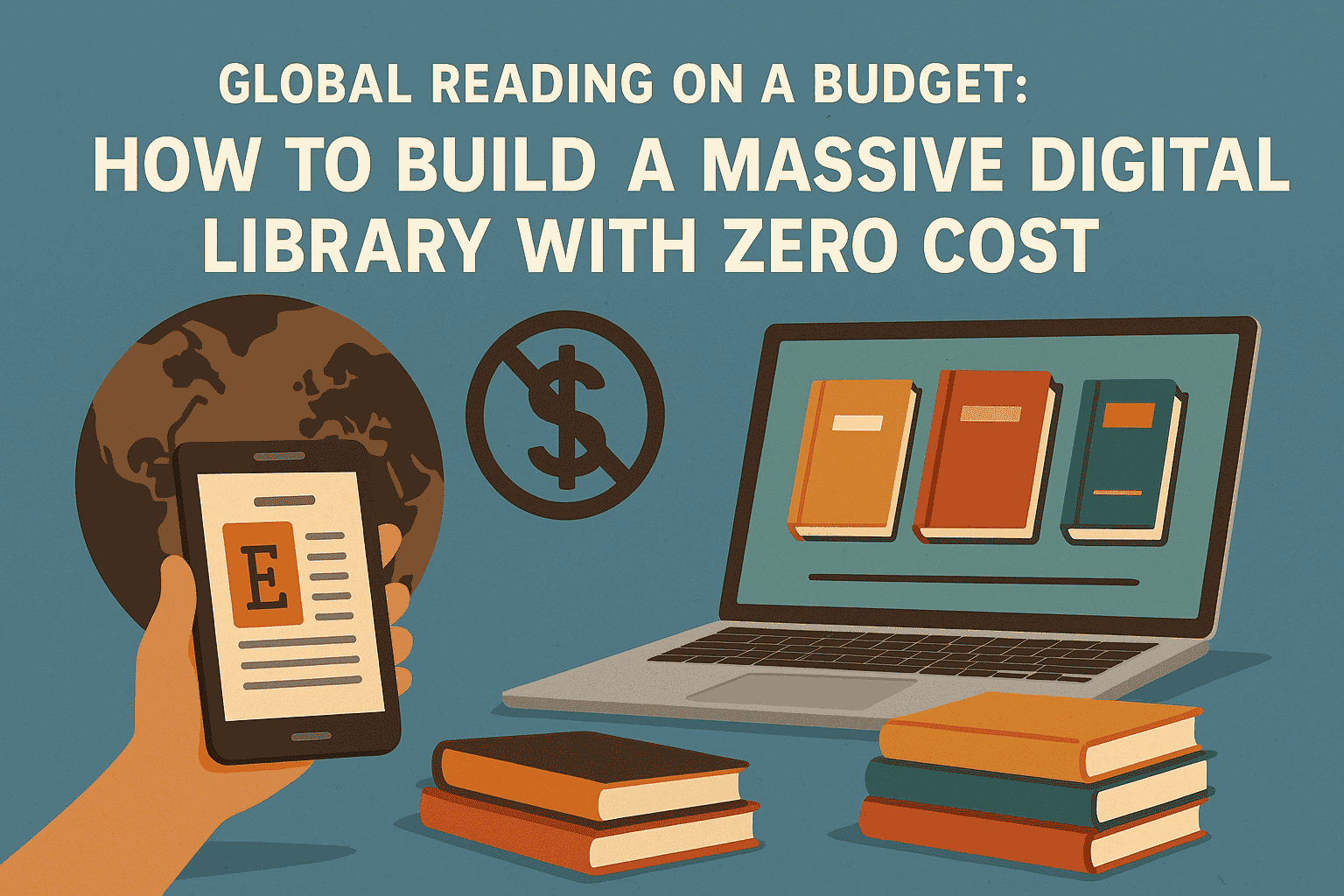The Role of Behavioral Finance in Understanding Investor Decision-Making
Have you ever made a money decision that felt right in the moment but left you scratching your head later? Maybe you jumped into buying a stock because everyone else was doing it, or you held onto a declining investment longer than you should’ve, just hoping it would bounce back. You’re not alone. These are real-life examples of behavioral finance at play—a field that helps us understand the why behind the financial decisions we make.
Let’s explore this fascinating intersection of psychology and economics and see how it affects investors big and small.
What Is Behavioral Finance?
Traditional finance assumes that investors are rational beings who always make logical decisions aimed at maximizing their wealth. But if you've ever watched the market react wildly to a rumor or seen people panic-sell during a downturn, you know that real life doesn’t always follow that script.
Behavioral finance steps in where traditional finance leaves off. It studies how emotions, cognitive biases, and psychological influences shape financial decisions. It acknowledges that we're human—sometimes overly confident, sometimes fearful—and that these tendencies can impact how we invest, save, or even spend.
Why It Matters
Understanding behavioral finance isn’t just academic—it’s practical. If you’re an investor, knowing how your brain works can help you avoid common pitfalls. If you’re a financial advisor or educator, it can help you guide others with more empathy and precision.
At junkybooks, where we dive into insightful reads and analyses, behavioral finance offers a great lens for understanding not just the numbers, but the people behind them.
Common Behavioral Biases in Investing
Let’s break down some of the most common biases that behavioral finance has uncovered—no bullet points or dry definitions, just stories and scenarios that make these ideas click.
Imagine this: You check your portfolio and see a stock that’s been in the red for weeks. Even though all signs point to it continuing to decline, you hold onto it. Why? Because of something called loss aversion. Research shows that people hate losing money about twice as much as they enjoy gaining it. So we cling to bad investments hoping they’ll turn around, just to avoid locking in the loss.
Or think about the dot-com bubble. People poured money into tech stocks not because they thoroughly evaluated the companies, but because everyone else was doing it. That’s herd behavior. It’s like when you see a long line outside a restaurant and assume it must be good—except with way more money at stake.
Then there’s overconfidence bias. I remember a time early in my investing journey when I thought I had it all figured out. I had a few early wins and suddenly felt like Warren Buffett. I started making bold moves without doing enough research—and yep, the market humbled me quickly. Overconfidence makes us believe we’re better at predicting outcomes than we really are, which can lead to risky behavior.
And let’s not forget confirmation bias, where we seek out information that supports our beliefs and ignore anything that challenges them. Say you’re convinced that a certain stock will soar. Instead of reading balanced analysis, you gravitate toward bullish opinions and dismiss bearish ones. You’re not investing—you’re just reassuring yourself.
Real-World Examples
One of the clearest illustrations of behavioral finance was during the 2008 financial crisis. Many investors saw their portfolios crash and reacted out of fear. Instead of waiting for the market to recover, they sold at a loss, locking in the damage. Those who understood market cycles—and their own emotional reactions—often fared better in the long run.
Or take meme stocks like GameStop and AMC in 2021. Driven largely by social media hype and group psychology, prices skyrocketed far beyond what traditional finance models could explain. Behavioral finance gave us the tools to make sense of it. These weren’t just numbers on a chart; they were stories of FOMO (fear of missing out), rebellion, and herd behavior in real time.
Emotional Investing: The Quiet Culprit
Emotions are powerful. They can cloud judgment and push investors to make choices based on how they feel rather than what makes financial sense. I’ve talked to friends who’ve avoided investing entirely because of one bad experience, even though markets historically rebound. That’s called recency bias—where recent events weigh more heavily in our minds than they should.
On the flip side, I’ve seen people throw caution to the wind during a bull market, feeling like the good times will never end. Emotions like greed and euphoria can be just as dangerous as fear.
A key part of behavioral finance is learning to recognize these emotions, step back, and approach decisions with a clearer head. Easier said than done, I know—but awareness is a huge first step.
How Behavioral Finance Can Help Investors
Once you understand how these biases work, you can start to build systems and habits that protect you from them.
One strategy I’ve found helpful is writing down my reasons for making an investment. It’s like leaving a note for my future self—“Here’s why I’m doing this. Here’s what would make me change course.” That way, when emotions flare up, I have a written record to help guide my next move.
Another trick is to diversify. Behavioral finance tells us that we often chase big wins or get emotionally attached to certain assets. A well-diversified portfolio keeps you grounded and reduces the impact of any single bad decision.
Some investors also work with financial advisors—not just for their expertise, but to act as a buffer between emotions and money. A good advisor can talk you out of rash decisions and bring an objective perspective when things get heated.
Applying Behavioral Finance in Career and Business
Behavioral finance isn’t just for investors—it applies to how businesses operate too. Leaders who understand human behavior are better at managing teams, anticipating market reactions, and making long-term strategic decisions.
At junkybooks, we encourage readers to think broadly about finance—not just as numbers on a spreadsheet, but as a reflection of human psychology, emotion, and culture. Whether you're a budding investor or a curious entrepreneur, these insights can give you an edge.
Think about hiring decisions, for example. A manager might unknowingly favor a candidate who reminds them of themselves (that’s similarity bias). Or consider product pricing—customers often respond more to how prices feel than how they logically add up, which is why you see so many items priced at $9.99 instead of $10.
Behavioral insights like these can be game-changers in business strategy, marketing, and customer service.
Final Thoughts: Why This Matters More Than Ever
In today’s world of 24/7 news, social media hype, and volatile markets, it’s easier than ever to fall into behavioral traps. One tweet can send a stock soaring or tumbling. One headline can change the mood of the market. But if we understand our own minds—and the common psychological patterns that guide investor behavior—we can respond with more clarity and confidence.
Behavioral finance doesn’t promise perfection. You’ll still make mistakes. We all do. But it does offer a framework to pause, reflect, and make better-informed decisions that align with your long-term goals.
So the next time you feel that itch to panic-sell during a dip or jump on a trendy investment without doing your homework, remember this: your brain is trying to protect you, but it doesn’t always get it right. Take a breath, zoom out, and think like a behavioral finance pro.
Because when it comes to money, mindset matters just as much as math.
If you’re curious about diving deeper into behavioral finance or want help with building a financially savvy mindset, check out some of the insightful guides and resources available on junkybooks. You’ll find plenty of friendly advice, book recommendations, and real-world examples to help you think smarter about money.








